Boltonia L'H&e acuteacute:
(adj) tapering to a sharp, pointed apex with more or less straight sides; broader than acuminate; forming an angle of less than 90 degrees
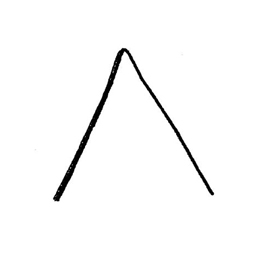 ;r.
;r.
doll’s daisy, small-head doll’s daisy, false aster, narrow-leaved false aster, panicled boltonia
Asteraceae
Bidens, Diodia, Eclipta, Hygrophila, Oldenlandia
southeastern North America
Boltonia diffusa Elliott
none
not weedy
terrestrialterrestrial:
(adj) growing on land as opposed to living in water
 to amphibiousamphibious:
to amphibiousamphibious:
(adj) of a plant able to live on land or in water
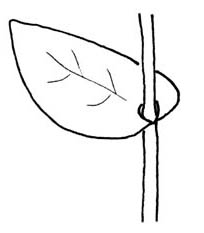 , erect to ascending herb
, erect to ascending herb
Perennialperennial:
(adj) (of a plant) having a life cycle of more than two years
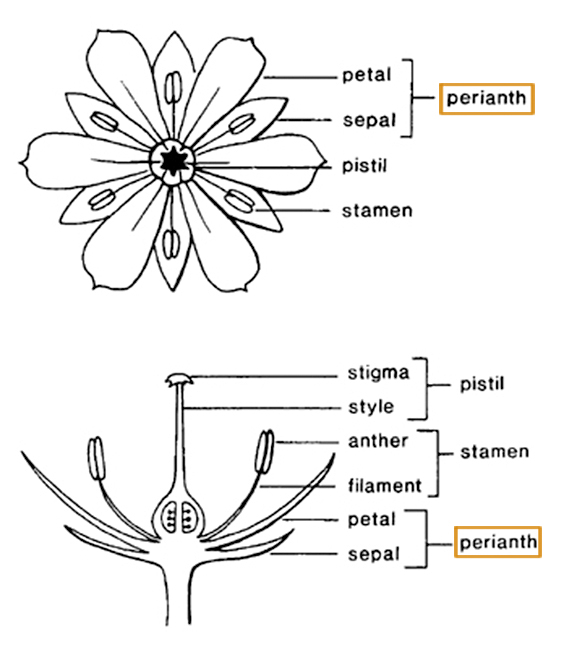 , may be stoloniferous. Stems erect, slender, glabrousglabrous:
, may be stoloniferous. Stems erect, slender, glabrousglabrous:
(adj) without hairs or scales
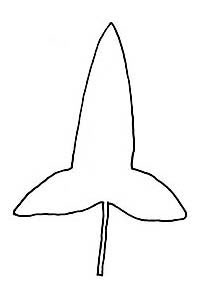 , branches slender or filiformfiliform:
, branches slender or filiformfiliform:
(adj) thread-like; long and thin
 , ± ribbed. Leaves alternatealternate:
, ± ribbed. Leaves alternatealternate:
(adj) (of leaves) bearing one leaf per node; placed singly on the stem at different heights
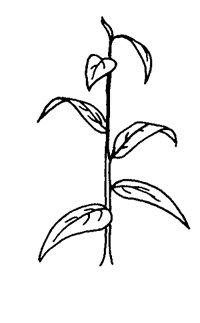 , sessilesessile:
, sessilesessile:
(adj) attached directly, without a stalk
 ; leaf bladeblade:
; leaf bladeblade:
(n) (syn. lamina) the flat, expanded part of a leaf, frond, or petal (excluding, e.g., the petiole)
 linear to linear- lanceolatelanceolate:
linear to linear- lanceolatelanceolate:
(adj) lance-shaped; widest point below the middle, tapering to the apex
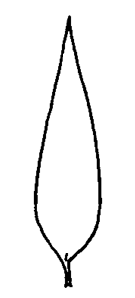 ; apexapex:
; apexapex:
(n) the point farthest from the point of attachment; the tip (often pointed)
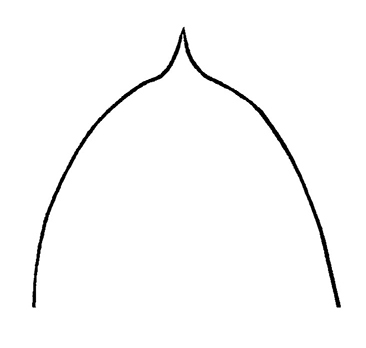 acuteacute:
acuteacute:
(adj) tapering to a sharp, pointed apex with more or less straight sides; broader than acuminate; forming an angle of less than 90 degrees
 ; base attenuateattenuate:
; base attenuateattenuate:
(adj) narrowing gradually to a point
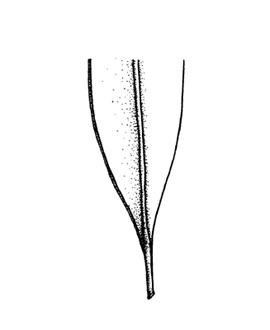 ; marginmargin:
; marginmargin:
(n) edge; rim
 entireentire:
entireentire:
(adj) having a continuous margin that is not toothed or lobed
 ; venationvenation:
; venationvenation:
(n) the arrangement of veins in a leaf
 a prominent mid ribrib:
a prominent mid ribrib:
(n) a leaf vein; a ridge of plant-tissue thicker than its surrounding blade, often vascularized
 ; those on branches much smaller. Heads numerous in spreading panicles; peduncles filiformfiliform:
; those on branches much smaller. Heads numerous in spreading panicles; peduncles filiformfiliform:
(adj) thread-like; long and thin
 ; involucreinvolucre:
; involucreinvolucre:
(n) a whorl of bracts subtending a flower, flower cluster, or inflorescence
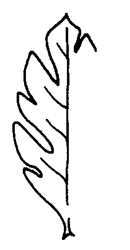 hemispheric; phyllariesphyllary:
hemispheric; phyllariesphyllary:
(n) an individual bract of the involucre in Asteracea flower heads
in 4-6 series, subulatesubulate:
(adj) awl-shaped; tapering from base to apex
 to linear-oblong, ± equal; receptaclereceptacle:
to linear-oblong, ± equal; receptaclereceptacle:
(n) the portion of the pedicel on which the flowers are borne, or in the Asteraceae, the portion of the peduncule upon which the florets of the head are borne
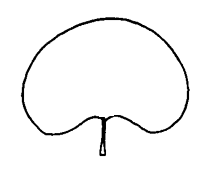 flat; ray florets up to 40, pistillate, white or lilac; disk florets numerous, bisexualbisexual:
flat; ray florets up to 40, pistillate, white or lilac; disk florets numerous, bisexualbisexual:
(adj) having both male and female sexual reproductive structures on one individual or in one flower
 , tubulartubular:
, tubulartubular:
(adj) (of a corolla, perianth, calyx tube or other structure) (1) tube-shaped; cylindrical: narrow and elongate with more or less straight sides; (2) having segments fused into a tube (of any shape)
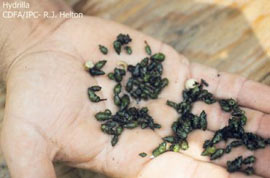 , yellow.
, yellow.
dry to wet ground; sinkhole ponds, swampy thickets, wet depressions, waste places, prairies and open woods
Boltonia diffusa is not a true aquatic, but can tolerate extended periods in wet soil and even submersedsubmersed:
see submerged
 .
.